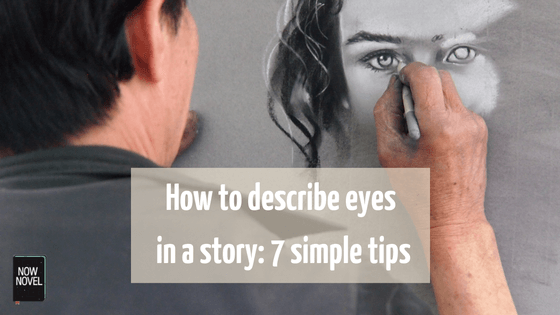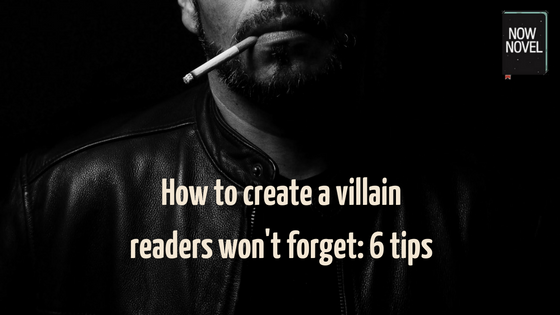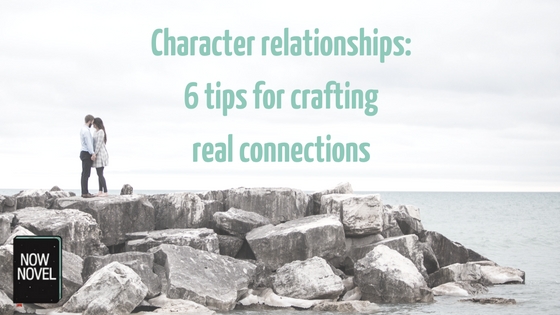The best-loved fiction for children, teens and adults shares characters who feel familiar. This is because effective characters often have strong archetypal qualities. They have combinations of fears and goals – character psychology – we’ve seen before. What are character archetypes, exactly, and how can you use them to make your novel’s cast more interesting?









